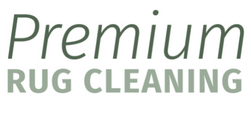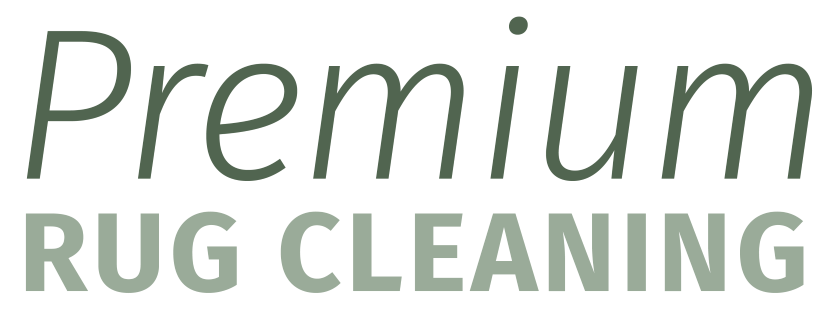
14 Feb HOW TO DRY A WET RUG BEFORE MOULD & SMELL MOVES IN
As shocking as it sounds, it only takes 24-48 hours for mould to grow on a damp rug. According to health authorities, this can cause allergy-like symptoms, asthma and other health issues.
Five steps to avoid permanent damage, mould & related health issues
As shocking as it sounds, it only takes 24-48 hours for mould to grow on a damp rug. Which, according to health authorities can cause allergy-like symptoms, asthma and other serious health issues. Before you know it, you’re dealing with fibre discolouration and foul-smelling odours permeating through the house.
Even non-contaminated liquid, like water from a spill or a leaking tap, can result in dye run and damage to the flooring or furniture the rugs are in contact with.
Are you particularly worried about that wet rug smell?
To avoid this inevitability then you need to dry it, and as quickly as possible! However, the sheer logistics of drying a big, thick, heavy, absorbent piece of fabric that’s natural habitat is lying flat on the floor, isn’t easy.
Therefore, to help you navigate the drying process, we’ve put together these five steps to help return your rug to its original stunning self.
⇒ Identify
Unless you’re unfortunate enough to be dealing with the aftermath of a flood or leak, you might not even know your rug’s wet from a spill or underfloor dampness. So, remember to check rugs in low-traffic areas every now and then, and be aware of musty or foul-smelling odours, discolouration and allergy-like symptoms caused by mould.
⇒ Absorb Moisture
Soak up water or liquid immediately. Use a chamois—they’re like water magnets, making them an absolute household essential. If you don’t have one, you can order them at Premium Surface Protection for under $15. The next best approach is to spread towels over the wet areas, then press down using your hands or feet until they are completely saturated. Repeat this process with your chamois or dry towels until the rug feels dry.
⇒ Air Dry
Thorough drying is critical to preventing mould growth. Airflow is key, so elevate your rug off the floor. Hang it over a washing line (out of direct sunlight), or if that’s not possible, over some non-fabric chairs.
Create airflow by angling fans towards the wet area, turn on ceiling fans and open all the doors and windows. A dehumidifier will also speed up the drying process and extract moisture from the air. And, if you have to dry your rug on the floor, lift the wet area and use a hairdryer. Remember to also check the floor’s bone dry before relaying.
⇒ Baking Soda
This natural wonder has a myriad of uses; one of them is absorbing moisture. Sprinkle baking soda liberally over the wet areas of your rug and leave it to work its magic for at least 30 minutes. Then simply vacuum it up.
⇒ Sanitise
If your rug is wet because of flooding, sewage backup, urine or other contaminated liquid, then an off-site professional deep clean is the only way to sanitise and eradicate spawning mould. The whole rug will need to be treated, not just the affected areas.
Find a purpose-built rug cleaning facility like Premium Rug Cleaning that’s fully equipped for the task. Check they have industrial machinery, including a Tornado Washtub to fully immerse rugs of any size, a Centrifuge Machine to remove 90% of the water and an Industrial Drying Rack for thorough air drying.
The important thing to remember is rugs are largely hardwearing—they have to be for the job. So as long as you treat them with the respect they deserve, they’ll be back in the room fulfilling their crucial role in no time.
#RespectYourRug
If you are looking for a rug cleaning pick up service near you, and you are in Auckland, click to book or request a quote



